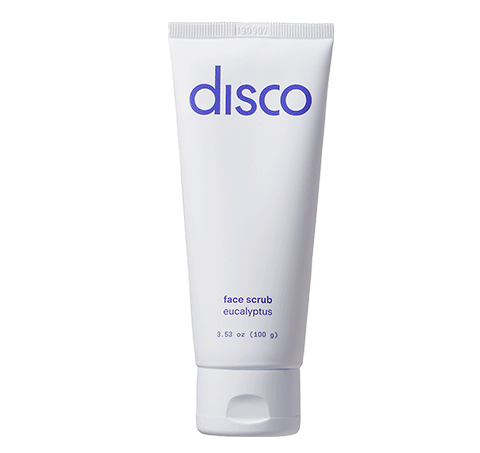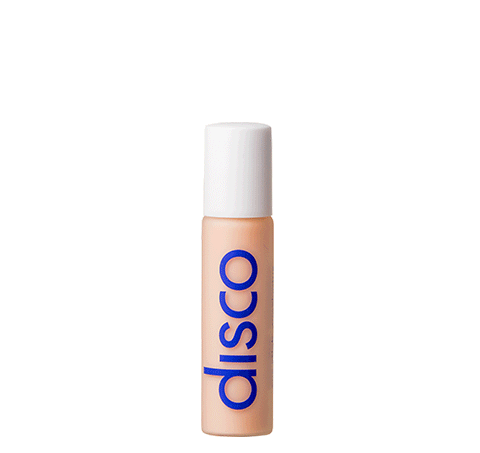The fade has become one of the defining men’s hairstyles of this decade. If you’ve never had a fade before and are ready to take the plunge, you might be unsure of exactly what to ask for when you go in for your next haircut.
Your barber could recommend a cut for you, but if you’d like to have a little more control of the process, then the first step is to understand the difference between the low, mid, and high fade cuts. (And if you’re wondering whether a fade is the right look for your face shape, we’ve some pointers for you.)
What Exactly Is The Fade?
The “fade” is the generic term that highlights the predominant feature of this cut, which is that your hair is long on the top and gets shorter as it goes down the sides of your head– hence “fading,” if you will, to a close crop.
There are lots of ways to wear this versatile style. One of the key opportunities to make this cut your own is how you choose to wear your hair at the top of your head where it’s longest. You don’t have to keep your hair long up top; some guys prefer to keep things pretty tight for a polished but low-maintenance cut. Others will grow their hair out a bit so that they can play with different styling techniques to add some drama or create an intentional look. Some even rock a man bun up top.
What you do with the hair on the top of your head depends on your hair type and how much effort you’re willing to invest in styling it every day. The bottom of your cut, as it fades down into the nape of your neck, can be defined as a low, mid, or high fade.
Don’t know the difference between a high fade vs. low fade? We’ve got you covered.
The Low Fade
In a low fade cut, the taper from long hair to short hair occurs lower on the head, typically just above the ears.
You’ll get a really clean look if you maintain a close crop on top and keep a smooth blend, which creates a high-class but very low-maintenance cut.
If you’ve got a lot of volume in your hair, or are up for going the extra mile to style it every day, the low fade can partner with that volume to create a pop of contrast that will stand out in the crowd. The shaper the fade, the greater the contrast you’ll get in your cut.
The Mid Fade
In a mid fade cut, the taper from long hair to short hair occurs near the temples.
This is the most versatile of the fades; it’s easy to maintain, professional, and can support a variety of styles up top, so you should be able to make this cut work for you no matter what hair type you’re working with.
One of the most popular ways to wear the mid fade is to keep your hair long on top and slick it back. If you’ve got thick, wavy, or unruly hair, the fade helps to give your ‘do some structure with just a little bit of defining spray or a light-hold product.
You could also ask for a hard part to incorporate a classic style into this modern cut. If you’re feeling bold, you could even rock a fauxhawk or a coif.
The High Fade
In a high fade cut, the taper from long hair to short hair just above the temples.
The high fade works best if you leave at least a little length up on top, since you’ll be cropped so close on the sides of your head, though some guys do like the classic “high and tight” look with this fade. You could ask for a sharp part and comb your hair over. If you’ve got the right hair texture, you could even rock a high top. The key to owning the high fade is to style your longer hair to give off a polished look.
Final Thoughts
The trick to choosing between the mid fade vs. high fade, or low fade vs. high fade, is to have a vision in mind for what kind of style you want to project after your cut.
Part of that is understanding how much effort you’re willing to put into your hair. Hopefully you already know how important a healthy skincare regimen is; taking the same pride in caring for and styling your hair (and beard) should also be an important part of your self care routine.
Getting a haircut that you love, that makes you feel like a million bucks, might be all the inspiration you need to really step up your hair care game.







